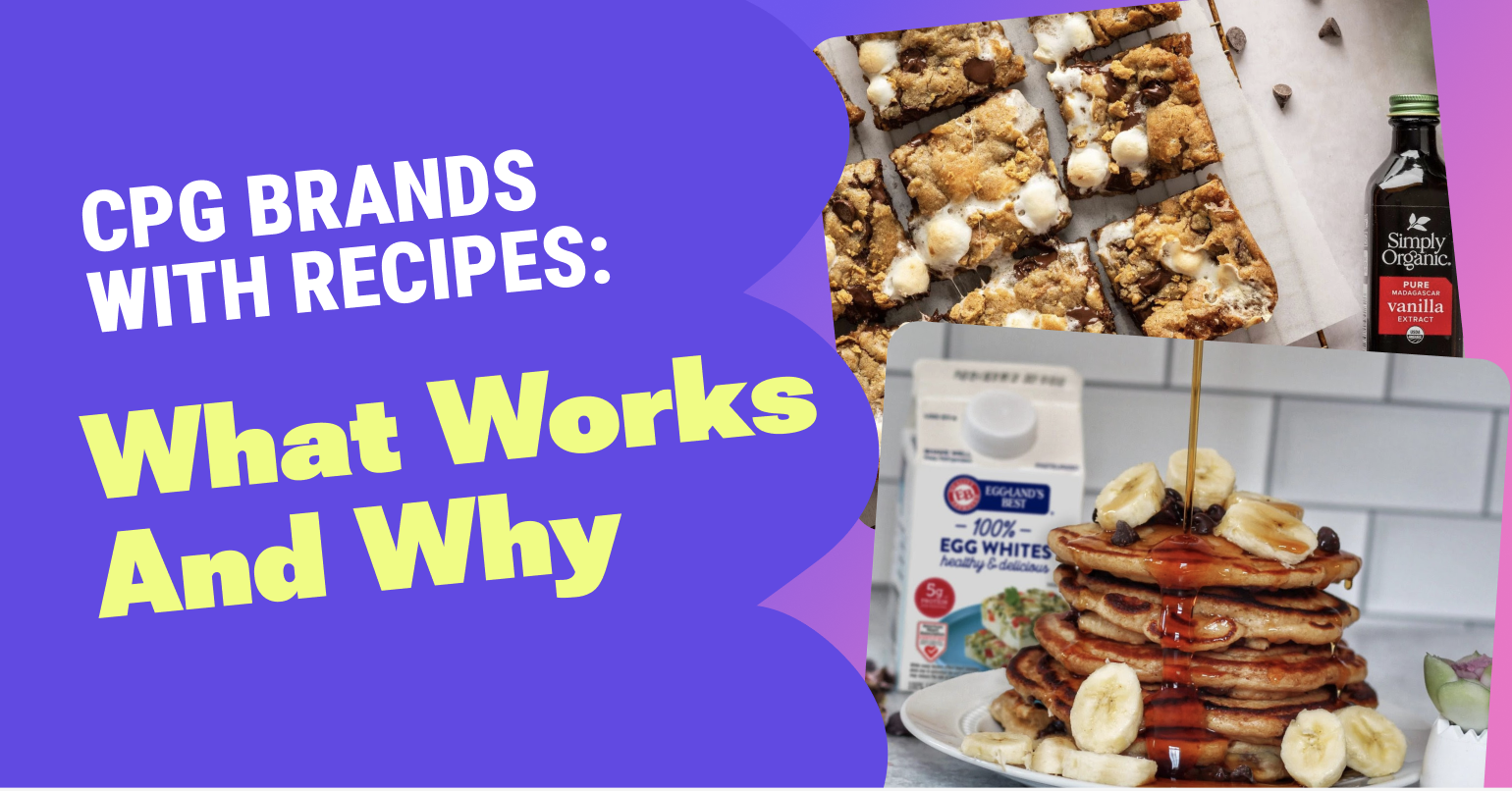
In a world where digital touchpoints influence nearly every stage of the customer journey, recipe content has become an essential strategy for CPG brands aiming to stay top of mind. Consumers increasingly rely on online inspiration for what to cook, and nearly 9 in 10 now use digital recipes to plan meals each week. What’s more, 43% of shoppers search for recipes while they’re in-store, blending inspiration with purchase intent in real time.
As this Recipe Kit Report highlights:
This makes shoppable, SEO-optimized recipe content more relevant than ever. Brands that design recipe pages with mobile users in mind, link directly to retailers, and offer practical ideas tied to their products can meet shoppers where they are and drive meaningful engagement.
From a performance standpoint for retailers, the ROI is clear. According to a case study reported by Grocery Dive, grocery chain Reasor’s saw measurable increases in product engagement and basket value after introducing shoppable recipes.
Likewise for CPG brands, Social Sellinator notes that recipe-based and contextual ad formats can achieve click-through rates between 0.5% and 0.7%, significantly outperforming static display ads, which average just 0.1%.
The true power of recipe content lies in its ability to turn a product into a story. A great recipe doesn’t just promote an ingredient, it makes it essential. It gives people a reason to try it, a framework to enjoy it, and a trigger to come back for more. Recipes allow you to build SEO presence, it endorses social sharing, and are an essential part of omni-channel retail strategies, all while building long-term loyalty through actual use and value.
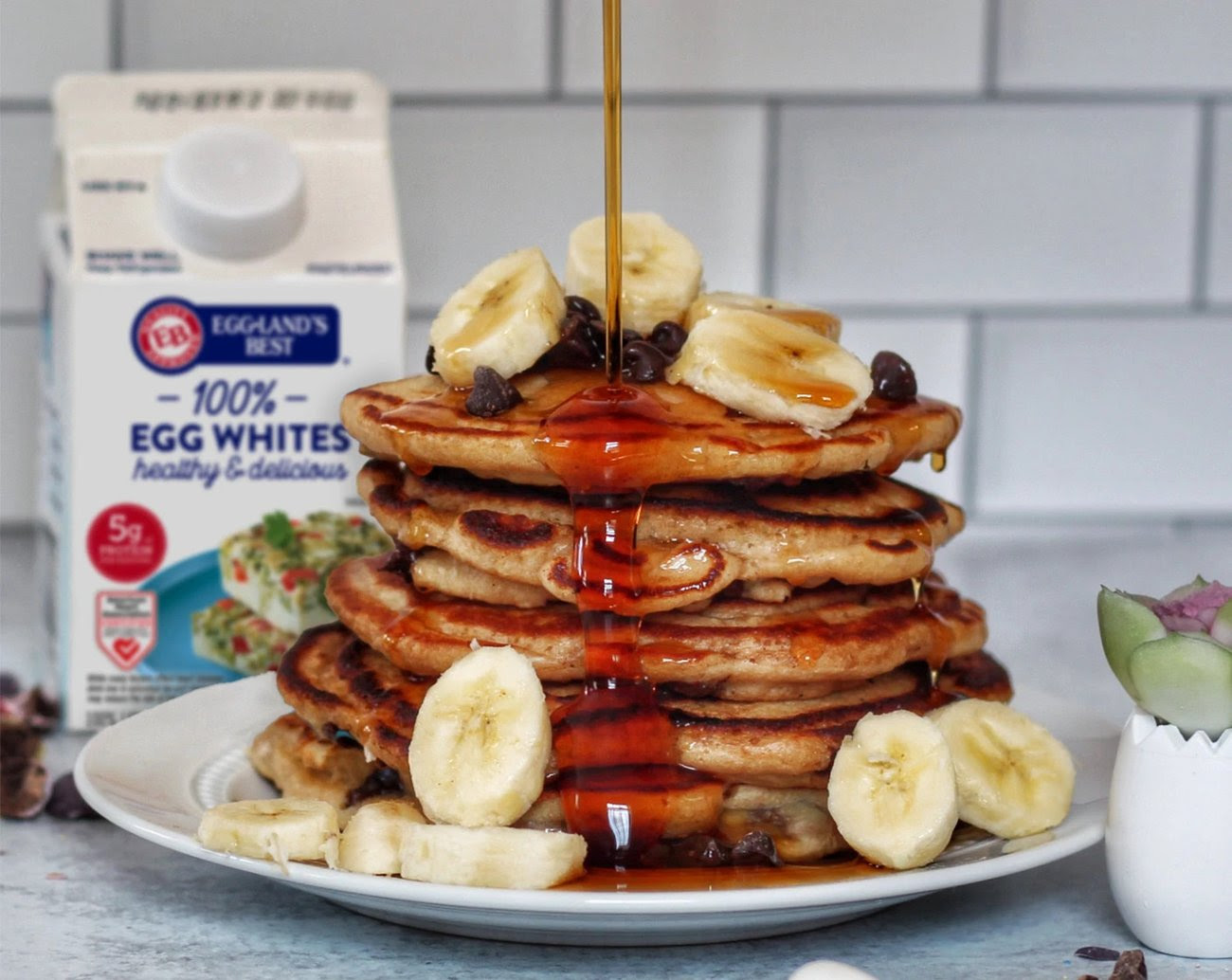
While no two recipe strategies are identical, standout CPG brand recipe pages tend to share a few critical elements that consistently drive performance and engagement:
Together, these elements drive not just engagement, but action — turning inspiration into measurable results.
To see how recipe strategies work in the real world, let’s look at a few standout case studies from CPG brands who have used content to drive engagement, loyalty, and conversion.
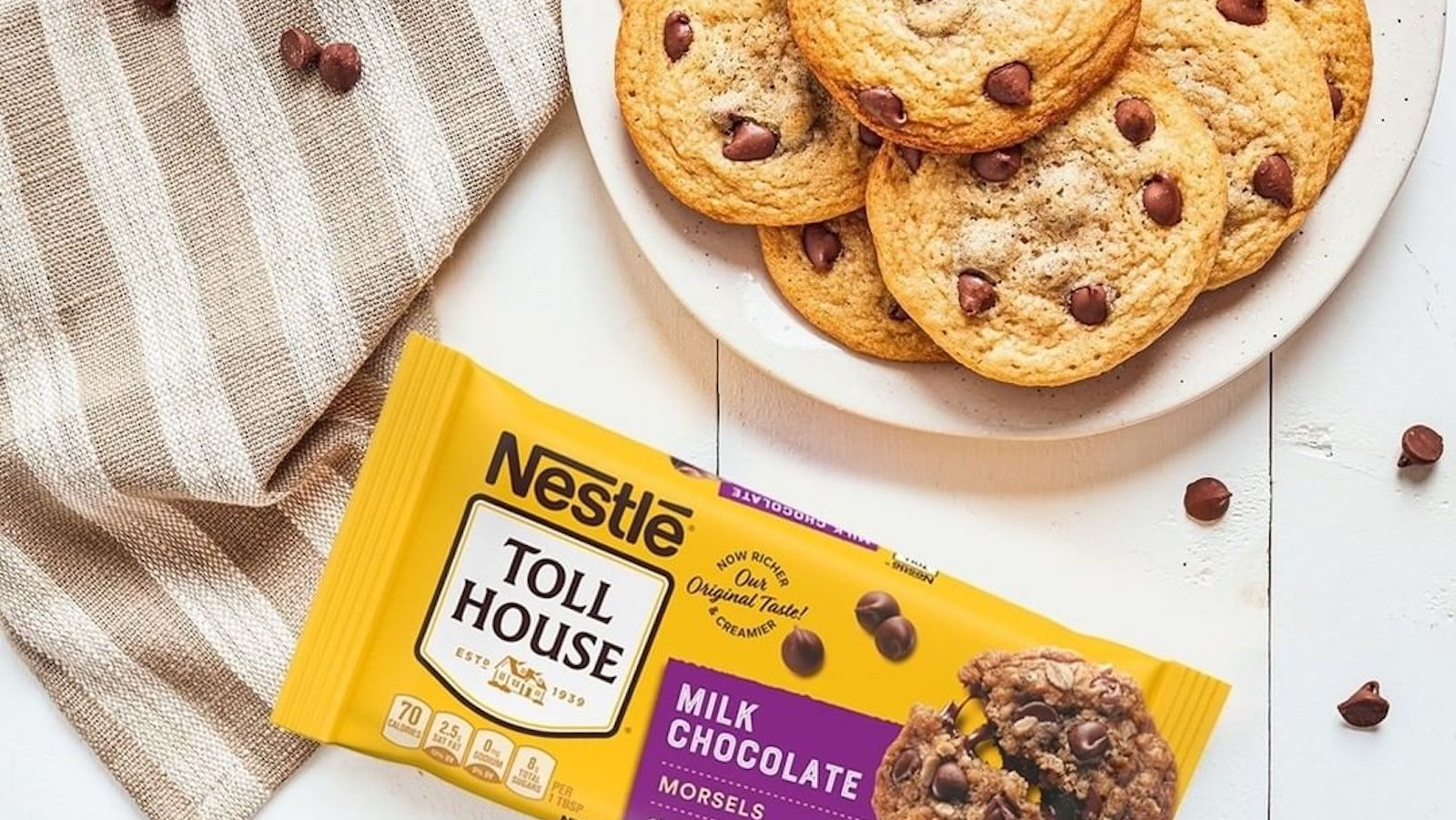
Nestlé Toll House shows how seasonal recipe content can drive measurable business results. During a holiday baking campaign on Pinterest, the brand featured bundled ingredients alongside festive recipes that inspired both new and returning customers. According to Pinterest Business, the campaign drove an 8% lift in incremental sales — and notably, half of that growth came from new buyers. It’s a strong example of how thoughtful recipe integration across digital platforms can turn seasonal inspiration into sustained brand growth.
Chobani offers one of the cleanest examples in the space, pairing seasonal recipe collections with beautiful food photography. Their Greek Yogurt is a centerpiece in dishes ranging from smoothies to savory dips, often appearing in recipes that promote healthy eating habits. According to Food Business News, in 2021 Chobani launched an oat milk–focused campaign featuring plant-based recipes designed for cross-category appeal, which boosted engagement and broadened usage occasions.
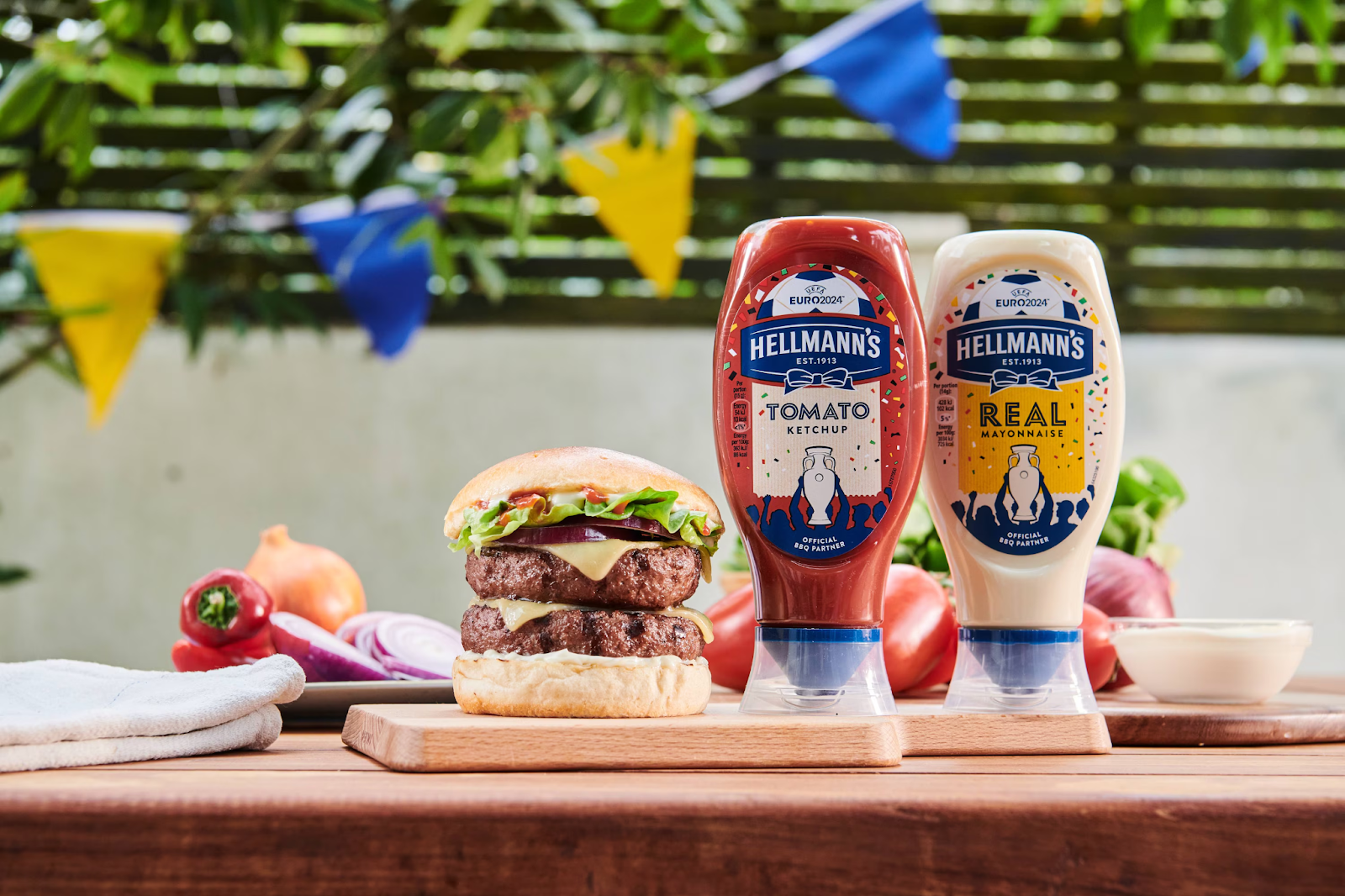
Hellmann’s uses recipes to tell a broader story of versatility. One standout example is their “Make Taste Not Waste” campaign, which focused on reducing food waste through flexible fridge-cleanout recipes using their mayonnaise. This campaign inspired 200 million viewers across North America, helped reduce household food waste by 46% during a four-week pilot, and significantly increased category penetration, especially among millennials. The recipes were integrated across social media, Pinterest, and on-site hubs, all tied to shoppable retail integrations, according to a Unilever case report.
The best recipe strategies go beyond individual posts. Here are three proven formats that smart brands use to make content easier to discover, save, and share:
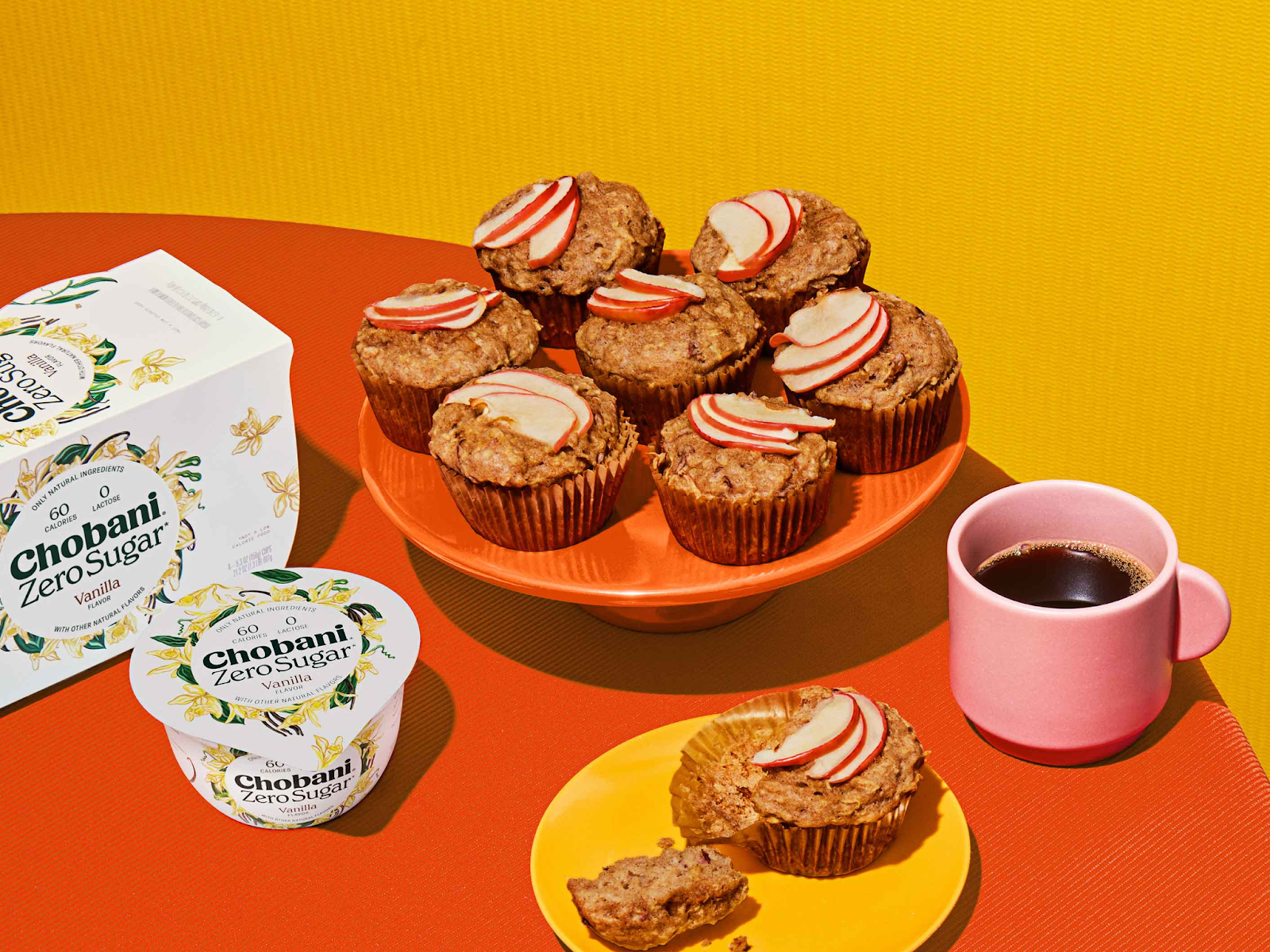
Creating standout recipe content is only half the challenge. Ensuring it’s discovered and drives action is where strategy makes the difference. Here’s how top brands improve reach and usability:
For more strategic insights and examples, view our Client Success Stories, or check out how SideChef can help your brand use recipes to grow your business:
To conclude: a strong recipe marketing strategy isn’t just nice to have anymore for food brands. It's one of the most effective tools CPG brands can use to connect, convert, and retain customers. When executed thoughtfully, recipes support every part of the funnel, from discovery to purchase.
Ready to turn your products into recipes that convert? Partner with SideChef to scale branded content across every touchpoint.

